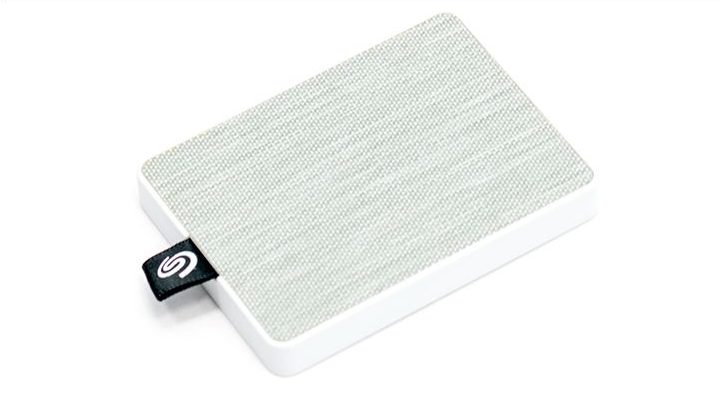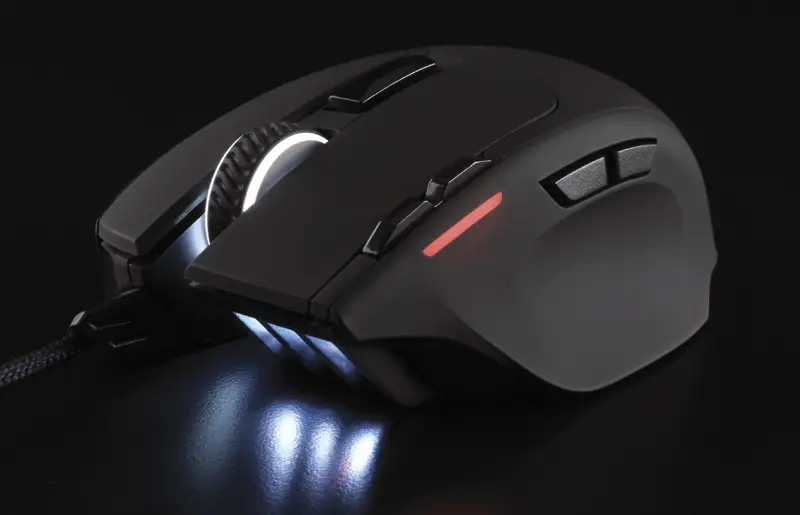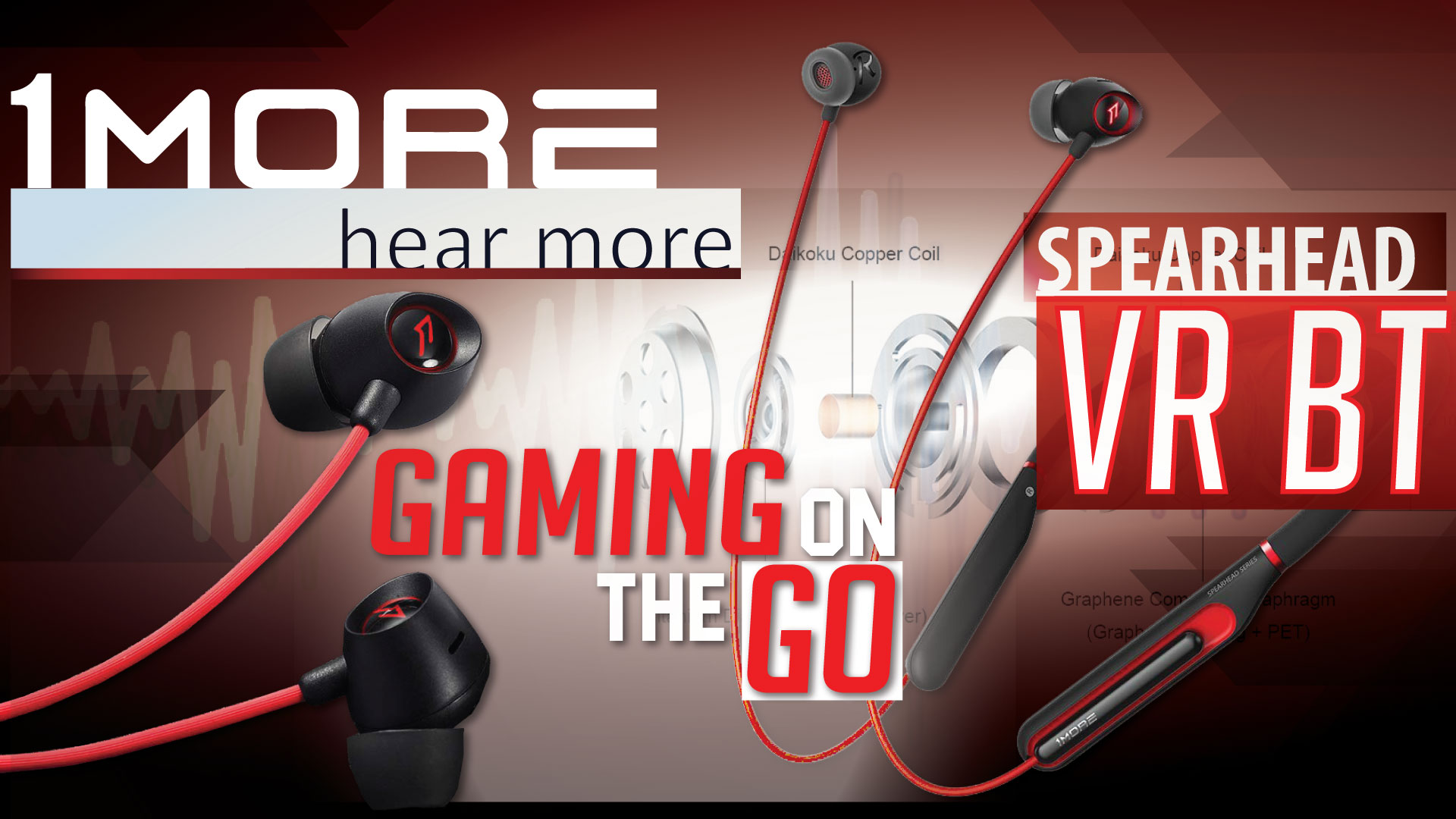
The shipping container the One Touch SSD series uses is standard Seagate. That is to say it is eye-catching, filled with information and generally ‘justs work’. The only issue anyone can ever have with Seagate’s boxes is that they are conservative. So, if you are looking for manga characters, holographic stickers or other such things… you may find it ‘boring’. We think it gets the job done without being garish.
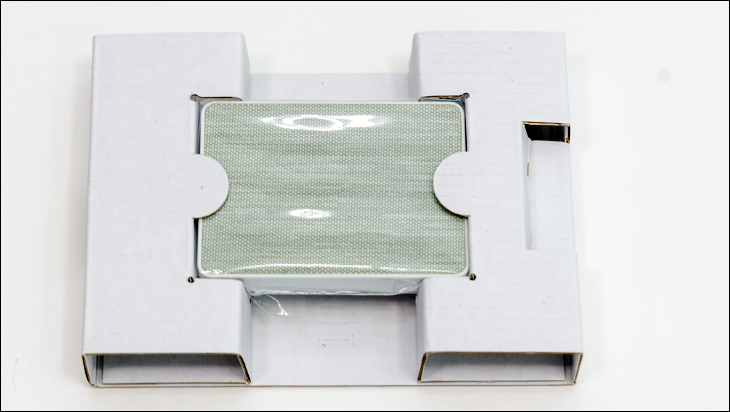
In either case, the itty-bitty exterior box houses an equally itty-bitty cardboard protection layer which nicely protects the Seagate One Touch SSD from blunt force trauma, sharp objects stabbing the drive, and basically anything else that is likely to happen while it is as at the ‘gentle mercies’ of Mr. Murphy while in transit. The only thing lacking is an ESD bag, but considering the delicate internals are protected nicely on this front this is more nitpicking than actually pointing out a major flaw.

Much like the shipping container, the accessories included can be accused of being a touch too conservative. In grand total you will find an installation pamphlet, a short (20cm) but good quality micro-USB 3.0 to USB 3.0 Type-A cable, a free two-month subscription to Adobe Cloud ‘Photography’ package (worth about $20 USD), and a one-year free subscription to Mylio’s Creative online backup and organizer application (worth about $50 USD). Unfortunately, Seagate has dropped the nifty Type-A to Type-C adapter that its previous ‘Touch’ brethren came with.
Also included, albeit on the hard drive itself, is Seagate’s Toolbox software. This is basically the exact same application as which ships with LaCie branded drives, just with a different skin. This is not all that surprising as Seagate does own LaCie as such both brands should get the same good software solution… that is worth the install to say the least. With it you can backup specific files, folders, even drives automatically. Better still is you can configure it to auto-copy any or all of the above via mirroring, which uses MS or Apple’s Shadow Copy (aka ‘VSS’) technology that can backup files even when they are in use. While this free application will never replace Acronis, for a freebie it is a nice little bonus feature that does help offset some of the asking prices.
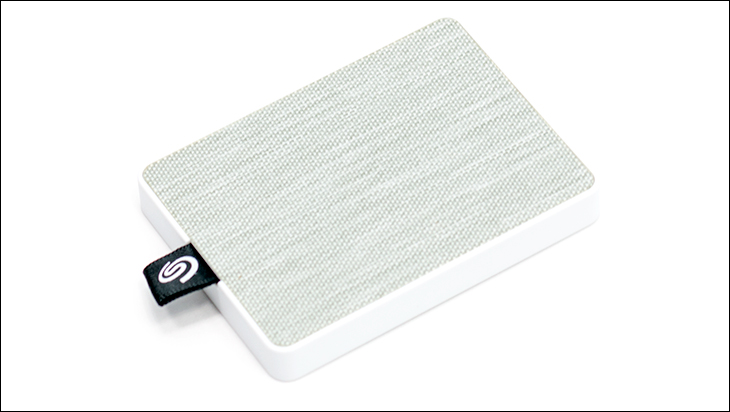
Even on just a quick glance it is obvious that the One Touch SSD series has its roots planted firmly in the Seagate external drive history. Specifically, the One Touch SSD appears to be a ‘mini-me’ Backup Plus Ultra Touch. Just like the Backup Plus Ultra Touch, the One Touch SSD series makes use of a plastic external enclosure.

Just like the Backup Plus Ultra Touch, the One Touch SSD this white plastic enclosure has a nice fabric covering that makes it fairly non-slip while also adding a touch of style.
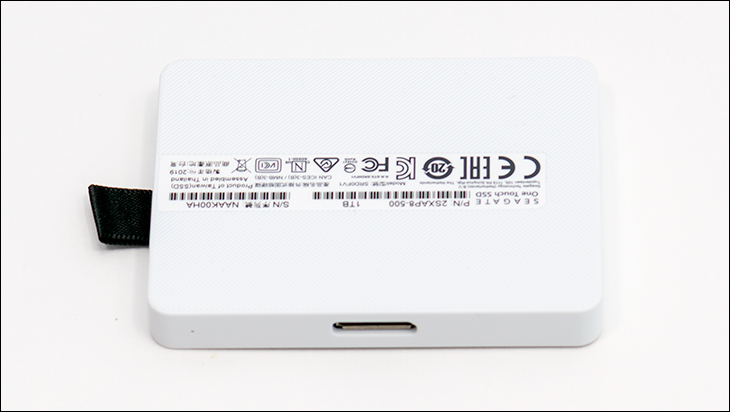
Just like the Backup Plus Ultra Touch, the One Touch SSD has a recessed micro-USB 3.0 port (and not a hard wired Type-A like thumb drives).
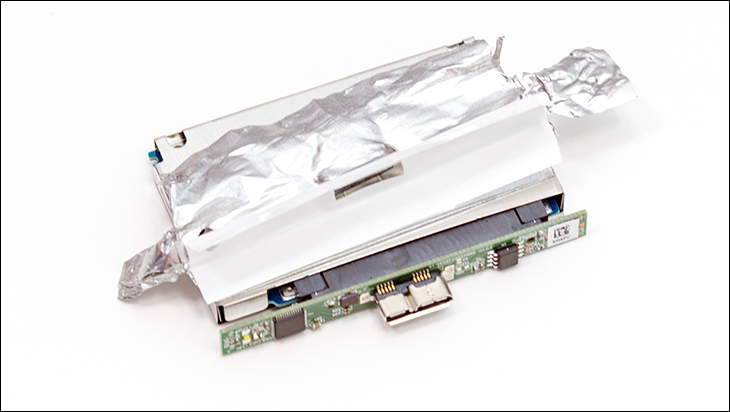
If you were to shuck this plastic chassis open you will even see a similar JMicron 500-series USB to SATA bridge controller used on the exact same tiny bridge PCB inserted into the SATA power and data ports. The only difference is it is a slightly newer revision than what is used in the earlier Backup Plus Ultra Touch series. You will even see the ESD damage prone / delicate components are foil wrapped to both eliminate ESD and reduce noise.
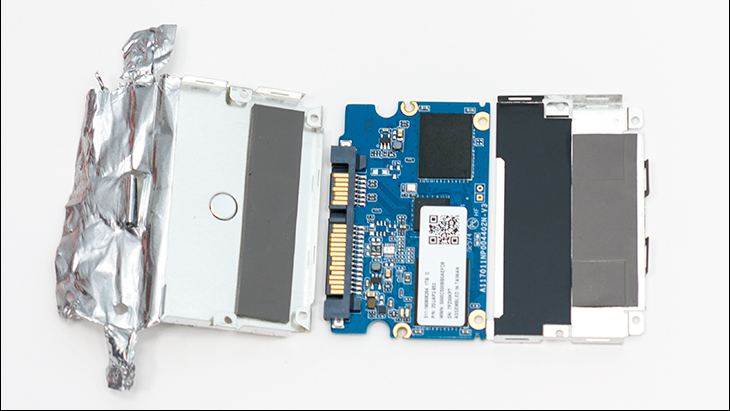
This however is where the similarities end. The most obvious difference is the components. The One Touch SSD is not Hard Disk Drive based and instead is Solid State. This in turn is why the dimensions (75mm long, 55.5mm wide, and 10mm high) are noticeably smaller and the performance specifications are much greater.
To be precise the One Touch SSD series makes use of Seagate’s older BarraCuda SATA SSD series as its foundation. This series may have been replaced with the BarraCuda 120 series, but this does mean a legit controller (PHISON S10) backstopped by high performance Toshiba BiCS 3 TLC 3D NAND. This combination may not be in the same league as NVMe models (for example the FireCuda based LaCie Rugged SSD or P1 based Crucial X8) but it is much, much better than the typical ‘thumb drive’ / Flash Drive controller and NAND combination.
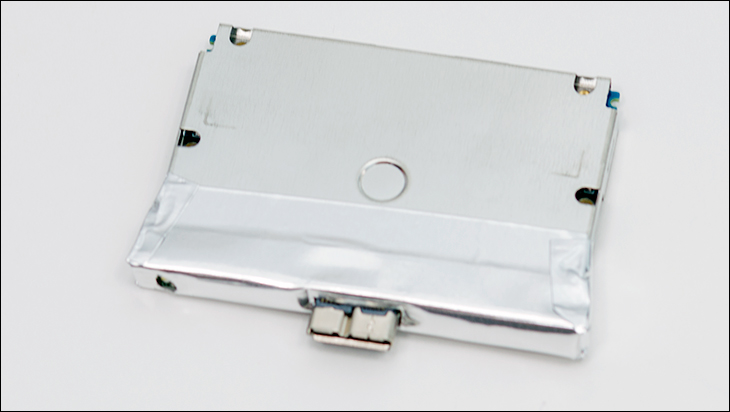
The downside to this compromise, is the internal SSD inside this plastic enclosure will be bottlenecked by the 5Gbps USB 3.0 bus it is attached to. The other compromise is in the durability department. Compared to NVMe devices, especially those like the LaCie Rugged SSD series, this plastic enclosure is only slightly more robust than the typical ‘high performance’ Thumb Drive. It is not water resistant; it is not dust resistant. On the positive side the SSD itself is ensconced in a metal chassis. This will provide above average shock and compression protection.

In the dimensions department the One Touch SSD is also rather compact when compared against NVMe based enclosures. To be precise it is shorter than typical NVMe based devices (by a few mm), but it is the same height(10mm), and is only about twice as wide(55.5mm). This does mean it is actually easier to pocket than NVMe enclosures and almost as easy as a thumb drive. The weight (65 grams) is also a rather decent compromise between lightweight thumb drives (typically 30 to 60 grams), and noticeably heavier NVMe external storage solutions (120+ grams).
Also on the positive side, the chances of actually needing the three year warranty is lower than with Thumb Drives. Unlike thumb drives, there is no corner cutting on the PCB, the soldering, the NAND, or even controller. These components are meant to be stressed hard. Harder than a USB 3.0 bus can ever do.
Overall, the One Touch SSD series does indeed appear to the exception to the rule. One that prioritizes portability but without sacrificing all that much performance… but did sacrifice some performance to keep the price down. Let’s see how much performance it actually has before we make our final decision on if it is indeed the as good as it appears to be.
